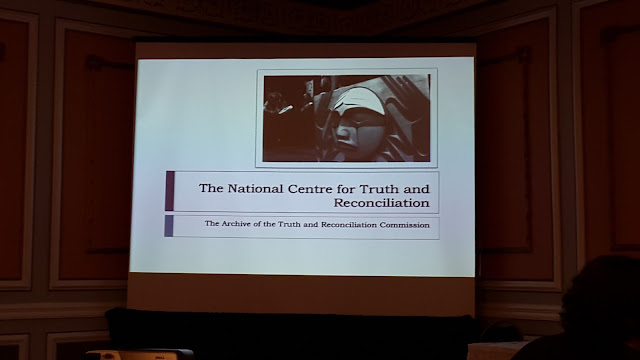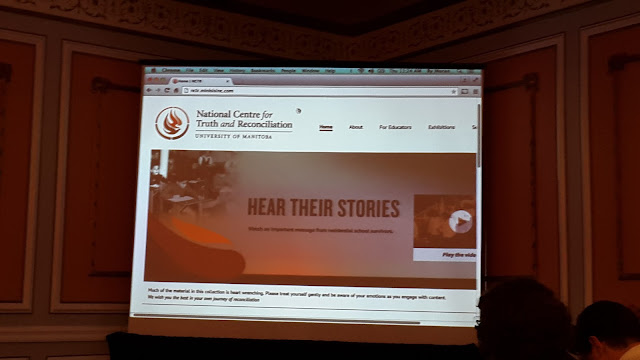Hi everyone, it’s the
archivist Vino again sharing information about the ACA conference in Regina.
 |
| Online exhibits from York University |
Last time I blogged, I mentioned that social media is being widely used in order to promote and highlight archival collections and one effective method being utilized by archives are web exhibitions. A great example is the web exhibit created by Simon Frasier University (SFU) that used their archival holdings to tell the story of the Komagata Maru incident of 1914 (http://komagatamarujourney.ca/).
 |
| http://komagatamarujourney.ca/ |
SFU accomplished many things with this website.
- First, they were able to reframe traditional perspectives of this story by including Canadian Indian voices.
- Second, they provided access to a variety of materials, such as government papers, oral histories, personal archives, and interviews.
- Third they developed partnerships to produce the website, such as with the City of Vancouver Archives and the government of India.
The university was successful in utilizing many different types of records from different sources in order to bring light to this tragic Canadian story that is not well known.
Web exhibits provide a great way for an archive to highlight their holdings and to share stories that may not be well known.
The Musée Héritage Museum is planning to produce web exhibits and to use our holdings to tell different stories of the people, organizations and places in our community and region as well.
I will return with my last blog on outreach
efforts taking place in archives. See you later!
The Musée Héritage Museum is planning to produce web exhibits and to use our holdings to tell different stories of the people, organizations and places in our community and region as well.








